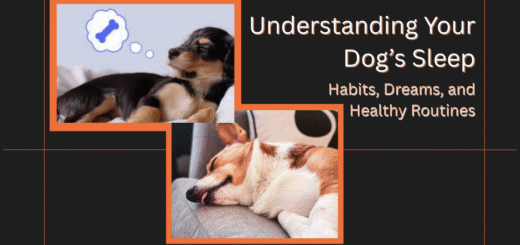Customizing SysML Like a Pro: The Power of Stereotypes
Picture this: You’re modeling an aircraft system, and every time you create a block for an avionics component, you manually add the same five properties—FAA certification level, EMI shielding class, operating altitude range. There’s got to be a better way. Enter SysML stereotypes—your shortcut to domain-specific modeling without reinventing the wheel.
Stereotypes Demystified
Think of stereotypes as custom labels that supercharge standard SysML elements with:
- Specialized properties (like adding wattage to electrical components)
- Business rules (e.g., “All safety-critical components must have redundancy flags”)
- Visual shortcuts (icons that make diagrams instantly readable to domain experts)
Real-world analogy: It’s like creating custom Lego pieces for your specific project—standard blocks with added grooves and connectors only your team needs.
When to Stereotype (And When Not To)
Prime Candidates for Stereotyping
- Regulated industries(medical, aerospace, automotive) where compliance attributes matter
- Cross-team projectsneeding shared vocabulary (what a “sensor” means to electrical vs. mechanical teams)
- Legacy system modelingwhere existing terminology must map to SysML
When Plain SysML Suffices
- Simple systems with no domain-specific nuances
- One-off models where consistency isn’t critical
Crafting Effective Stereotypes: A Fighter Jet Example
Step 1: Define the Extension
Need: Track stealth characteristics across all radar-related components
Base Element: Block (since we’re modeling physical/components)
Step 2: Create the Profile
text
Profile “AvionicsExtensions” {
Stereotype StealthComponent extends Block {
Tags:
– RCS_dBsm : Real (unit=”dBsm”) // Radar cross-section
– RAM_Thickness : Real (unit=”mm”) // Radar-absorbent material
Constraints:
“RAM thickness must be ≥2mm if RCS < -30dBsm”
Icon: // Custom radar-wave symbol
}
Step 3: Apply in Practice
- Take a standard Block (e.g., NoseRadarArray)
- Apply «StealthComponent» stereotype
- Now it automatically:
- Shows the radar icon in diagrams
- Requires RCS and RAM values
- Enforces the thickness constraint during validation
Pro Tips for Stereotype Design
- Naming Matters
- Bad: «SpecialBlock» (too vague)
- Good: «FAA_Part25_Compliant» (domain-meaningful)
- Tag Thoughtfully
- Include:
- Units (avoid Mars Climate Orbiter mistakes)
- Default values where applicable
- Enumerations (e.g., SafetyClass: [A, B, C])
- Include:
- Constraint Granularity
- Too loose: “Weight ≥ 0” (useless)
- Just right: “Max takeoff weight ≤ 150% certified value”
Common Pitfalls (And How to Avoid Them)
- Stereotype Sprawl
- Problem: Creating 50+ stereotypes for minor variations
- Fix: Start with 3-5 critical ones, expand only as needed
- Overloading Tags
- Problem: One tag trying to track both MaterialType and MaterialGrade
- Fix: Use separate tags or structured types
- Tool Gotchas
- Some tools (looking at you, old DOORS) handle stereotype inheritance poorly
- Always test stereotypes in your actual toolchain
Why This Beats Ad-Hoc Modeling
- Change Propagation
- Update a stereotype’s constraint? All instances auto-update.
- Regulatory Goldmine
- Generate compliance reports directly from stereotyped properties
- Onboarding Acceleration
- New engineers instantly grasp domain specifics through visual/icons
Try This Now
Pick one repetitive modeling task in your current project:
- Identify 2-3 always-added properties
- Design a stereotype that bundles them
- Apply to three existing elements
Example:
- Without stereotype: Manually adding Voltage, Current, IP_Rating to every electrical component
- With stereotype: Single «PowerPort» application does it all
Final Thought: Stereotypes aren’t just metadata—they’re domain knowledge codified into your models. The best teams don’t just use SysML; they adapt it to speak their industry’s language.


